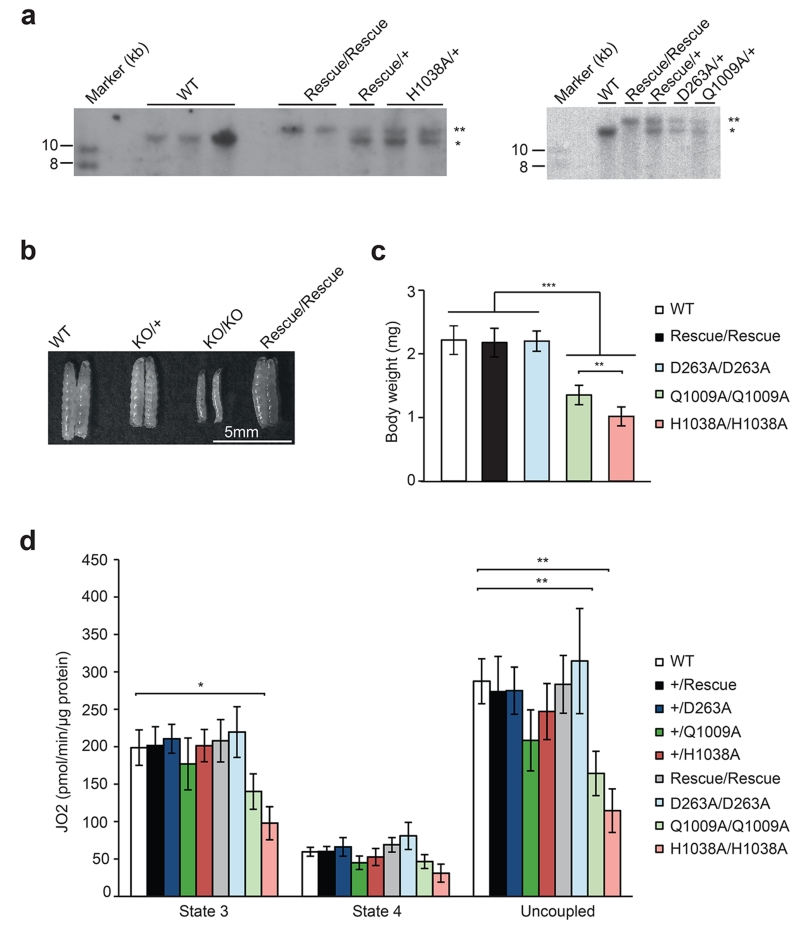Figure 3. Phenotypical characterization of the genomically engineered DmPOLγA exo- and pol- flies.
(a) Verification of precise re-integration of tamas allelic variants by Southern blot analysis. Restriction of genomic DNA with XhoI generated a ~12.1 kb band in wild type allele (one asterisk) and ~ 15 kb band in the mutant DmPOLγA alleles (two asterisks indicate replacement alleles: Rescue, D263A, Q1009A and H1038A). A DmPOLγA cDNA was used as a probe. Total DNA was extracted from adult flies.
(b) Comparison of body size between wild-type, heterozygous (KO/+) and homozygous DmPOLγA knockout (KO/KO) and homozygous rescue larvae. Re-introduction of the WT allele (rescue) to the genomically engineered DmPOLγA locus rescued the phenotypes of the knockout larvae. Scale bar=5mm.
(c) Quantification of the body weight of genomically engineered DmPOLγA homozygous larvae. Homozygous DmPOLγA Q1009A and H1038A larvae were significantly smaller than the wild type (WT), rescue and D263A larvae. Tukey’s Multiple Comparison Test. ***p<0.001, ** p<0.01, *p<0.05. Error bars represent S.D. n=20. All indicated genotypes correspond to 5 day old homozygous larvae.
(d) Respiratory chain function. Oxygen consumption rates of 5-day-old larvae were measured under phosphorylating (state 3), non-phosphorylating (state 4) and uncoupled conditions and normalized to total protein content. Data represent two to three independent experiments. Mann-Whitney test, two-tailed. ***p<0.001, ** p<0.01, *p<0.05. Error bars represent S.D. n=4.

